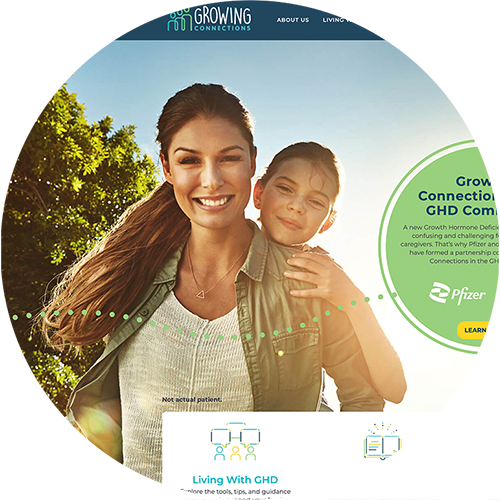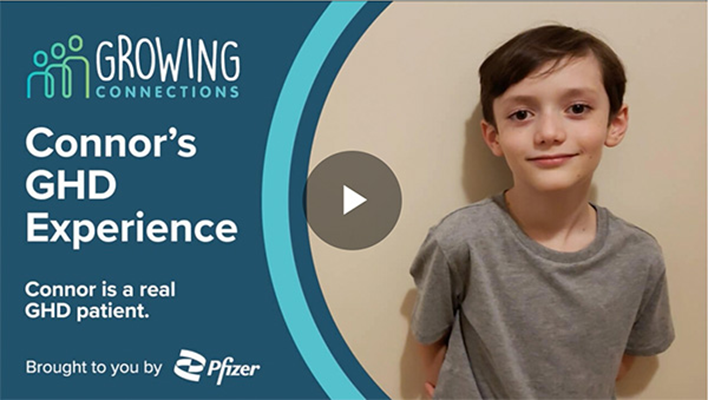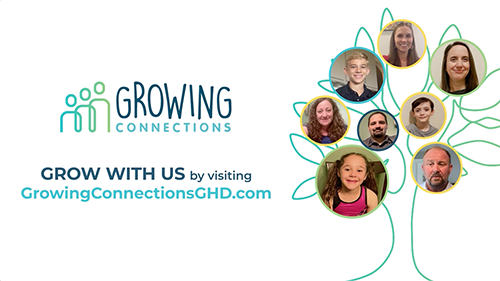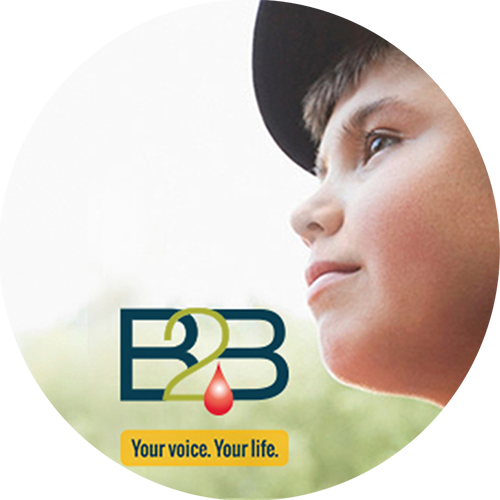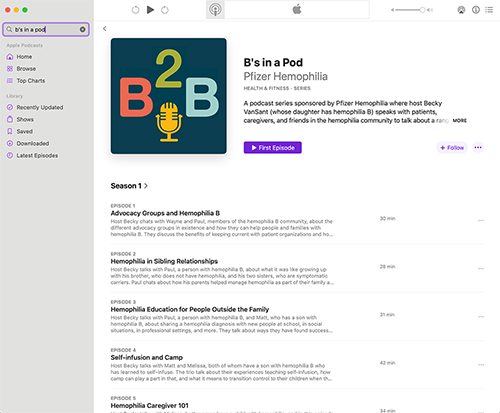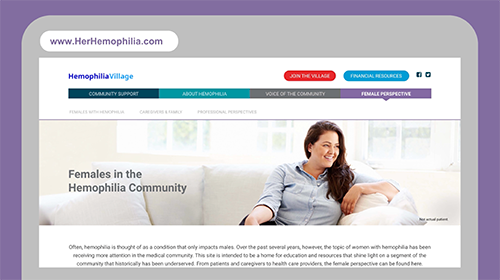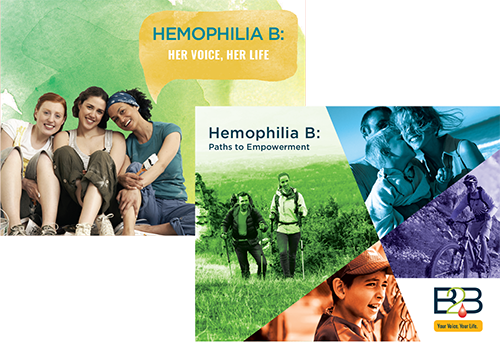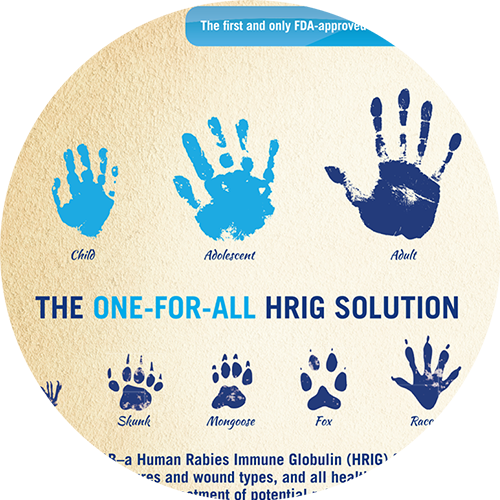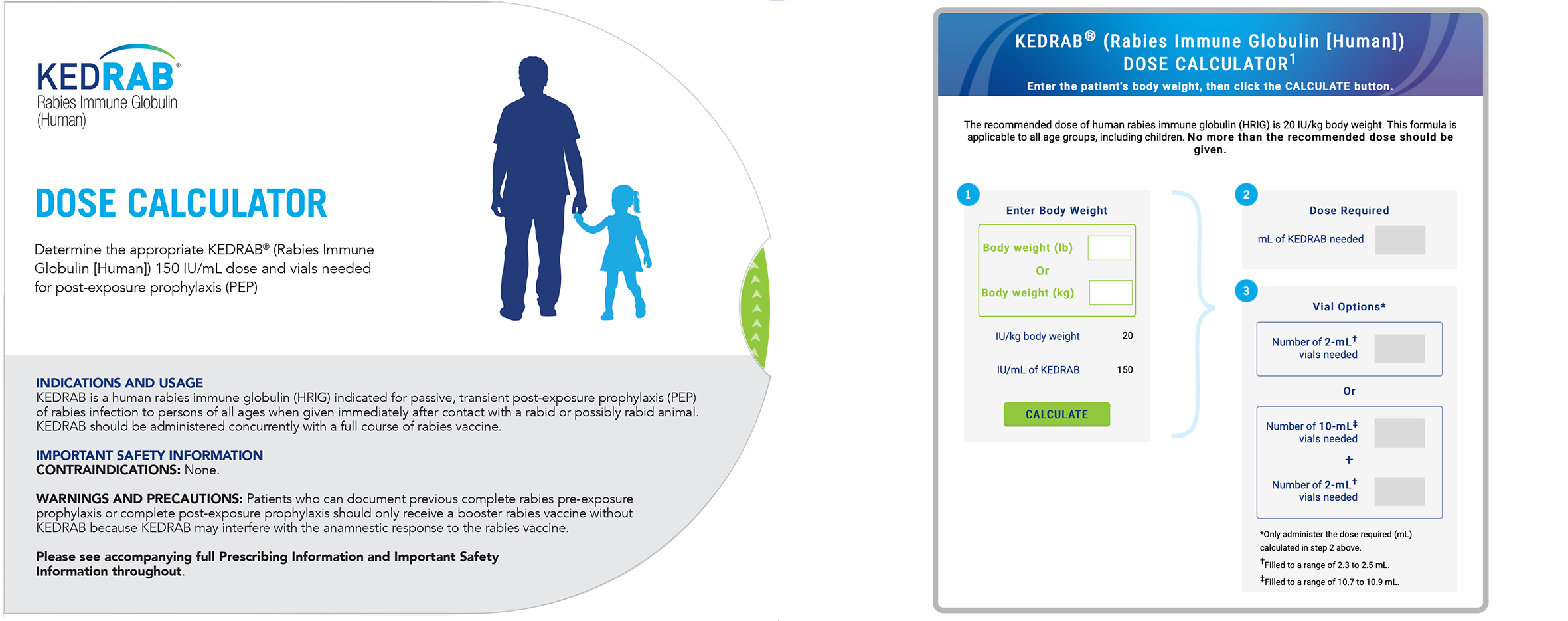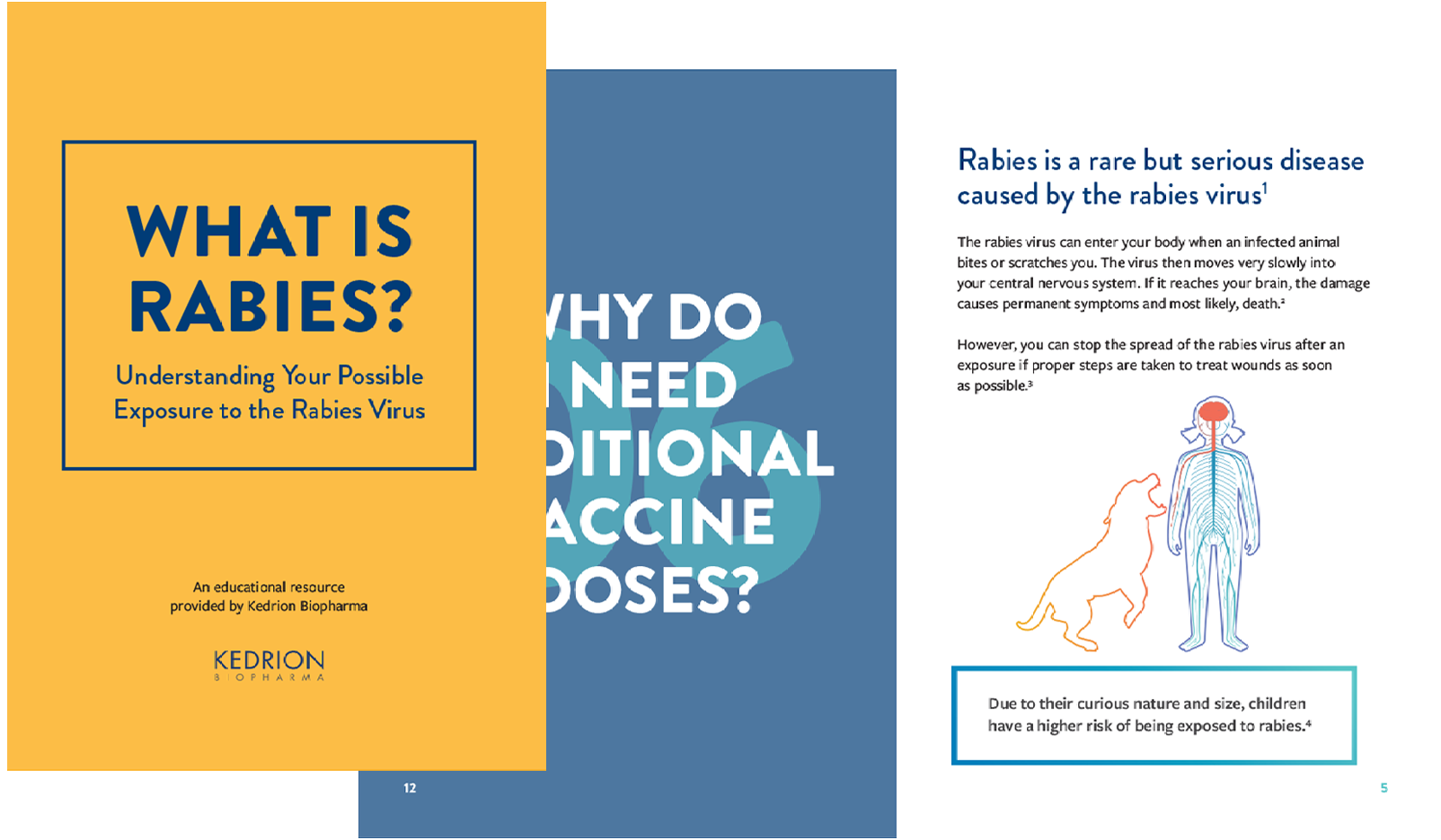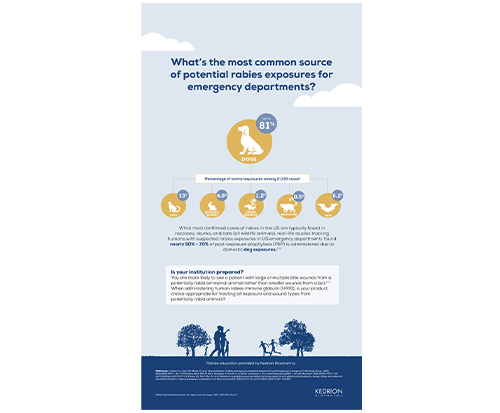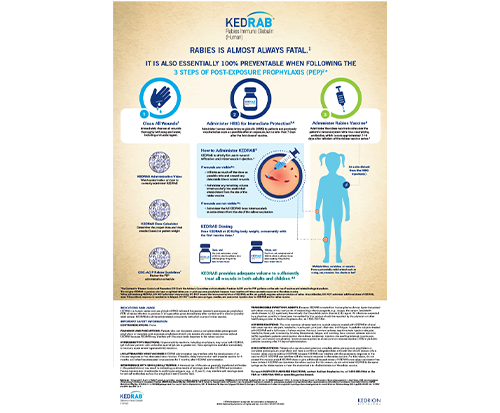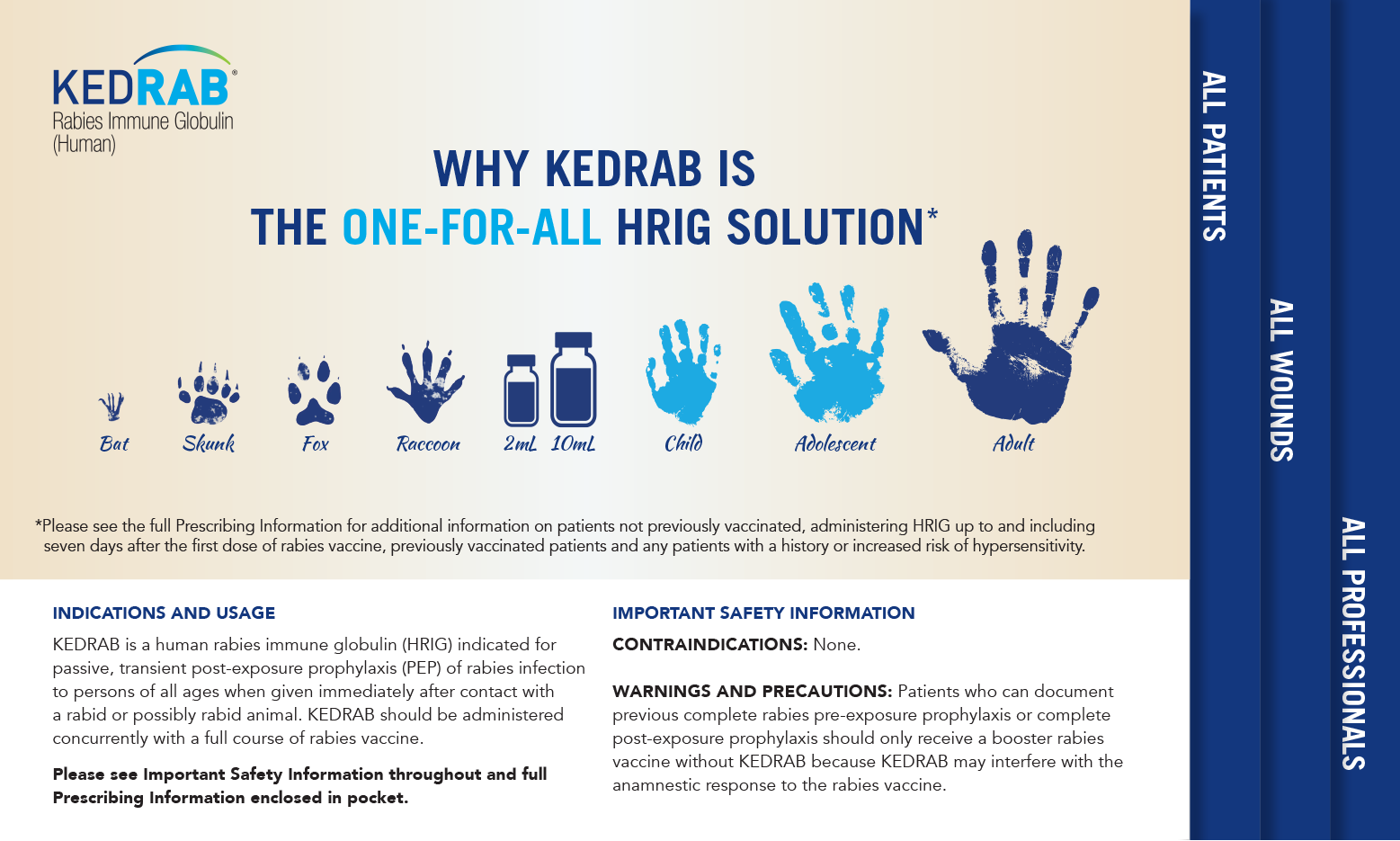Growing Connections
Peer-to-Peer Program
Growing Connections: A Peer-to-Peer Community for Families with Growth Hormone Deficiency
Navigating a rare disease diagnosis can feel isolating, especially for families of children newly diagnosed with Growth Hormone Deficiency (GHD). At Rarity Health, we recognized the need for a supportive, educational, and community-driven platform where families can connect, share experiences, and access the resources they need.
The Collaboration
In a collaborative effort, Rarity Health, Pfizer, and the MAGIC Foundation launched the Growing Connections initiative to build a supportive community through storytelling for families facing Growth Hormone Deficiency (GHD). This initiative fosters connection, education, and empowerment by bringing together real experiences from families navigating this journey.
The Challenge
Families affected by GHD often struggle to find relatable, real-life information, and peer support. Without a strong community, parents and caregivers can feel overwhelmed and disconnected.
Our Approach
We created Growing Connections, a peer-to-peer platform designed to:
-
- Provide a space for families to share personal experiences and support one another.
- Offer educational resources tailored to newly diagnosed families.
- Foster a sense of community through real-life stories and engagement opportunities.
The Impact
-
- 76.7% increase in site traffic due to a strategic social media push.
- Multiple new family connections and peer engagements, strengthening the GHD support network.
- Winner of the Global Partnering for Patients Program, recognizing its impact on community-building.
Through Growing Connections, we didn’t just create a program—we united a community. By empowering families with knowledge and connection, we help them navigate the challenges of GHD with confidence.
B2B Patient Engagement and Education Programs for Hemophilia B
Patient Engagement for Hemophilia B: Building a Stronger Community
For individuals and families affected by Hemophilia B, finding tailored support and educational resources has often been a challenge. At Rarity Health, we recognized the need for a patient-centric, community-driven initiative that fosters meaningful engagement and empowers the Hemophilia B community with the information they need.
The Collaboration
In partnership with Pfizer and key advocacy organizations, Rarity Health developed a comprehensive patient engagement strategy that leveraged multi-channel outreach, patient storytelling, and strategic advocacy partnerships. Our goal was to bridge the education and support gap within the Hemophilia B community while strengthening key relationships.
The Challenge
Historically, Hemophilia B patients have been underserved compared to their Hemophilia A counterparts. Many families and patients lacked access to disease-specific educational materials and peer support networks tailored to their unique experiences.
Our Approach
To address these challenges, we implemented a multi-faceted engagement plan, which included:
-
- Recruiting key patient influencers to serve as trusted voices in the community.
- Developing an innovative multidisciplinary advisory board to provide expert-driven guidance and insights.
- Creating tailored, unbranded disease education programs designed specifically for the Hemophilia B community.
- Leveraging digital and social media channels to amplify awareness and encourage ongoing dialogue.
The Impact
-
- 25+ successful engagements with patient advocates and influencers, significantly expanding outreach.
- Strengthened key relationships with Hemophilia B community leaders, fostering long-term collaboration.
- Higher engagement levels and patient participation, demonstrating the growing impact of the initiative.
Through this initiative, we did more than create an engagement strategy—we empowered a community. By amplifying patient voices, fostering advocacy partnerships, and ensuring accessible education, we helped drive meaningful, lasting connections within the Hemophilia B space.
Rabies Awareness and KEDRAB® Market Growth
Rabies Awareness & KEDRAB® Market Growth: Driving Behavior Change
In 2019, KEDRAB was launched across the US market. Over the next two years, KEDRAB’s main competitor product held the majority of the human rabies immune globulin (HRIG) market share. However, not all healthcare facilities and hospitals administering rabies post-exposure prophylaxis (PEP) after potential rabies exposures were aware of all the HRIG options available to them or the different benefits of each. There was also confusion around how to follow proper protocol, especially when determining the appropriate dose volume needed to best treat all animal scratches or bite wounds and prevent the deadly rabies virus from progressing.
The Challenge
Boost brand awareness and market equity, while also increasing healthcare professionals’ knowledge and confidence when treating patients potentially exposed to the rabies virus.
Our Approach
After identifying specific customer needs at point of care and establishing an approach and solid positioning for the brand, the sales force was armed with a wide range of print and digital materials personalized by specialty to better communicate the key benefits and points of differentiation of KEDRAB. The sales force partnered with healthcare facilities by providing essential educational and program benefits to help increase the awareness of rabies and the importance of proper PEP administration following potential exposures.
The Impact
KEDRAB has surpassed its growth goals and sales objectives each year, establishing an impactful and winning presence in the HRIG market. Additionally, the sales force continues to provide valuable educational materials and practical tools, making KEDRAB a vital partner for healthcare facilities helping to fight against rabies and save patient lives.


